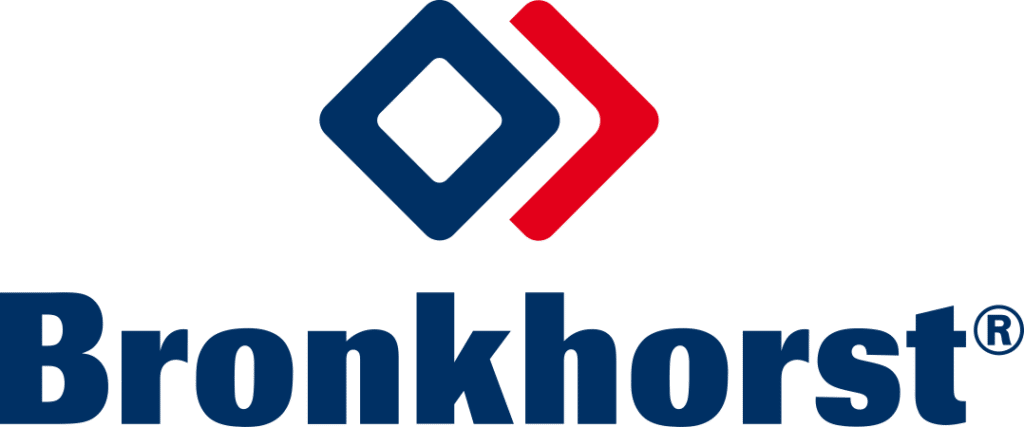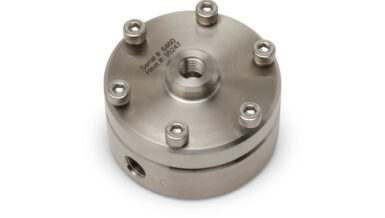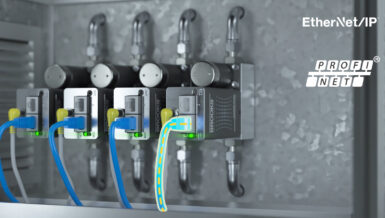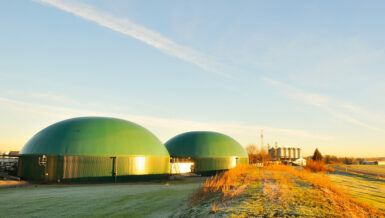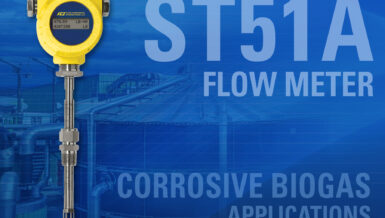Odorisation of natural gas is done to act as a ‘warning agent’ in case of leakage. The idea is that people can smell the gas prematurely if it is present. Because, if there is too much gas present it can be explosive. The Lower Explosive Limit (LEL) and Upper Explosive Limit (UEL) are crucial here. If the concentration of the combustible substance present in the air is too low (< LEL), than no combustion will occur. It the mixture is too rich (> UEL), there is a huge amount of gas in the air and only partial combustion will occur. Gases become dangerous in between the LEL and UEL. Therefore, it is most important for people in the surroundings to smell the gas in time, before the concentration is too high and it exceeds the LEL.
As a result, it is stated in the safety regulations that natural gas has to be detectable at a concentration level of 20% of the LEL and this is done by odorisation. Needless to say that the odor used in the gas is not dangerous to people’s health.
It depends on the type of gas line wheter an oder should be added. We shoul distinguish ‘distribution lines’ and ‘transmission lines’. Distribution lines are local natural gas utility systems that include gas mains and service lines, such as the commercial gas used at domestic environments. All these distribution lines need to be odorised. For the transmission lines it is stated in the regulations when to odorise it.
For the odorisation there are various odorants available, such as Tetrahydrothiophene (THT) and Mercaptan. Selecting the odorant depends on the properties of the gas to be odorised, pipeline layout, ambient conditions etc. Tetrahydrothiophene or THT is a well-known odor. THT is under ambient conditions a colourless volatile liquid with an unpleasant smell.
In the Netherlands, Bronkhorst High-Tech developed a solution for a Dutch customer to add THT to their biogas. Biogas was generated from anaerobic decomposition of organic matter and upgraded to natural gas quality to inject into the Dutch natural gas main. As commercial natural gas in the Netherlands has to contain at least 18 mg of THT per cubic meter gas, the process of adding this to the commercial gas had to be done really accurately.
The traditional approach to add THT is using a pump with a fixed stroke volume. However, low gas flow rates using a pump for batch-wise injection may lead to liquid THT remaining in the gas lines. THT may not be mixed well with the gas and might have the wrong concentration. A homogeneous injection of THT is therefore much better. Besides this, THT is a relatively expensive odor which also makes an accurate injection very much desired.
A better solution here would be using a combination of a pump with a Coriolis mass flow controller, in this case the mini CORI-FLOW™ series mass flow controllers. The Coriolis instruments make it possible to dose both continuously as well as accurately.
Something to be taken into account is the classification of the area. As gases in principle are explosive, it is very common for the environment around gases to be classified as a hazardous area. Most common classifications (in Europe) are marked as ATEX zone 1 or zone 2. Just make sure to select the right material to use.
For solutions such as THT odorisation processes, Bronkhorst can offer both ATEX/IECEx zone 1 and zone 2 solutions. The mini CORI-FLOW Ex d mass flow meter, for zone 1 applications, is developed in collaboration with one of world’s leading manufacturers in explosion protection, Electromach member of the R.STAHL Technology Group.



